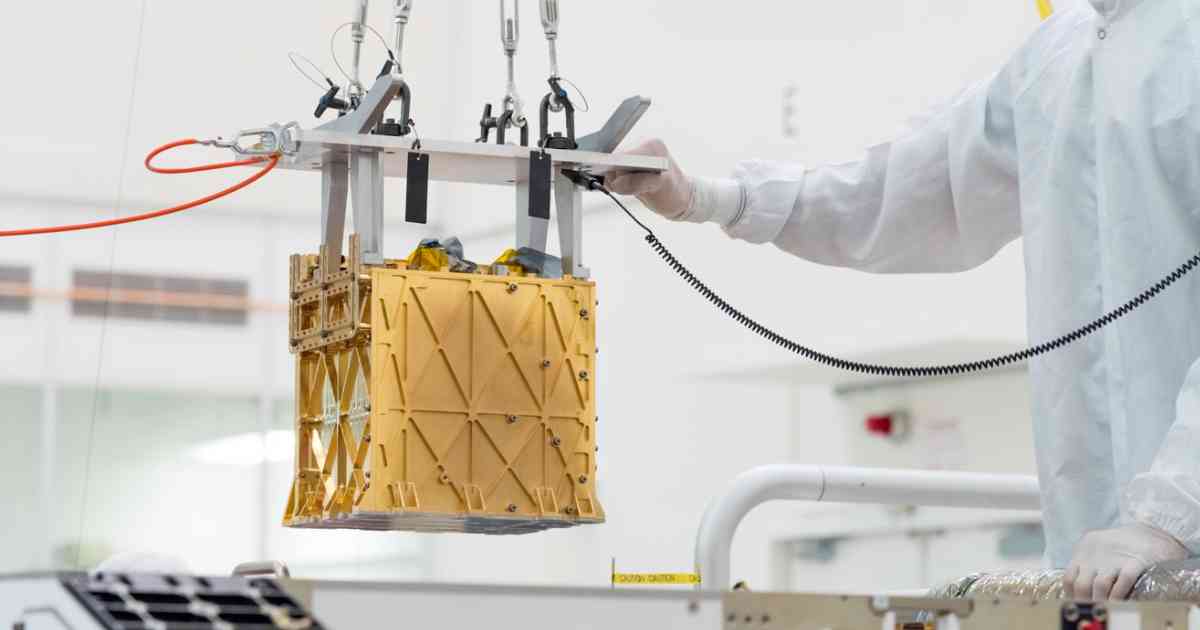Picture this: a device no bigger than your kitchen microwave is making history millions of miles away on Mars. NASA’s Perseverance rover has been conducting a series of experiments with a groundbreaking device called MOXIE (Mars Oxygen In-Situ Resource Utilization Experiment). This little wonder has successfully generated oxygen on Mars surface not once, not twice, but a staggering 16 times!
Developed by the brilliant minds at the Massachusetts Institute of Technology (MIT), MOXIE was sent to Mars aboard the Perseverance rover, which touched down on the Martian surface in 2021. NASA believes this device has the potential to revolutionize future space missions.
MOXIE employs an electrochemical process that separates oxygen atoms from carbon dioxide molecules, which are abundant in Mars’ thin atmosphere. As these gases flow through the system, they are analyzed to ensure the purity and quantity of the oxygen produced meet the required standards.
Since the onset of the experiments, MOXIE has managed to produce a total of 122 grams of oxygen. To put it in layman’s terms, that’s enough oxygen for a small dog to breathe for 10 hours. The device generated an average of 12 grams of oxygen per hour, doubling the initial goals set by the team.
During the tests, MOXIE achieved a 98% purity level, sometimes even surpassing this benchmark. This is crucial for both human consumption and potential use in fuel cells. The most recent test conducted on August 7th was a milestone in itself. MOXIE generated 9.8 grams of oxygen, meeting all technical requirements.
This is no small feat, considering the harsh conditions and limited resources available on Mars. The team had to ensure that MOXIE was not only efficient but also durable enough to withstand the Martian environment.
The next steps in this oxygen odyssey are not just about creating a MOXIE 2.0. The team at MIT plans to construct a large-scale system that includes an oxygen generator like MOXIE and also has the capability to store the oxygen produced. This could be a game-changer for future manned missions to Mars, providing astronauts with breathable air and even fuel for the return journey.






Leave a Comment